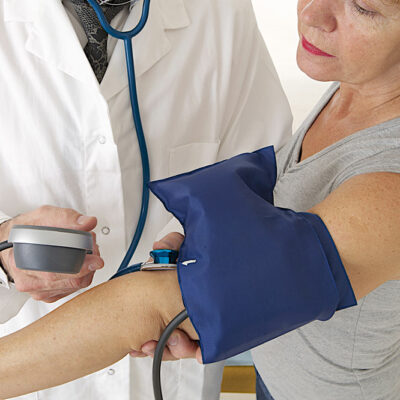
Early Warning Signs of SMA
Knowing the early warning signs of spinal muscular atrophy or SMA can help you get treatment in time for your child. This condition primarily affects children and infants when they find it hard to move their muscles.
If your child has been diagnosed with SMA, it implies that the nerve cells in his spinal cord and brain have broken down and this causes the brain to stop sending messages to muscles to make movements. As a result, muscles become weak and shrink and kids have difficulty sitting without assistance, moving their heads, or walking.
Early warning signs of different types of SMA
You will see that SMA can be of different types and the extent of its severity will depend on the type. While there is no known cure for this condition, identifying the early warning signs of spinal muscular atrophy will help you get proper treatment on time so that your child’s lifespan can be extended. Every child or grownup with this condition is likely to have a distinct experience and no patient with SMA has limited intelligence. So, even with the condition, they can socialize and make friends. The most commonly seen symptoms are:
- Limited mobility
- Muscle weakness
- Breathing difficulty
- Problems while eating or swallowing food
- Delayed motor skills
- Spinal curvature
- Spontaneous tongue movements
Symptoms according to the types of SMA
1. Type 1
This is the most severe and rarest type of SMA that develops when the woman is pregnant. So, infants born with it have joint problems, weak breathing muscles, and feeble muscle tone.
2. Type 2
This is another severe SMA type where the child cannot sit without assistance or lift up his head. Such kids have floppy legs and arms and experience swallowing problems. Their respiratory muscles are weak, and this is why such children rarely live beyond the first two years. It mainly affects kids between 6 and 18 months, the symptoms can be moderate or severe.
3. Type 3
This type shows symptoms when a kid is between 2 and 17 years of age. This is a mild SMA type where the patient is usually capable of walking or standing without assistance. However, he may not be able to climb stairs or run around freely. Eventually, he will probably require a wheelchair to move around.
4. Type 4
This SMA type develops in a grownup, and symptoms are muscle twitching, muscle weakness, and breathing problems. This condition tends to affect the upper limbs or legs, and while the symptoms may stay throughout one’s lifetime, they get better as you exercise with a physical therapist.
Whatever the type of SMA it is possible for people to keep working and leading a normal life with this condition, supported by proper treatment plans and exercise regimen. You can join support groups to find out how others with the same condition are leading normal lives. While early warning signs are sometimes there, the exact type is hard to diagnose because the symptoms are found to be overlapping with other diseases. This is when the doctor will ask you questions like whether your infant has missed any noticeable developmental milestones, if he suffers from breathing issues, if he has problems rolling over or holding his head up, etc. He would also inquire about your family history to determine if any other family member had similar symptoms.


